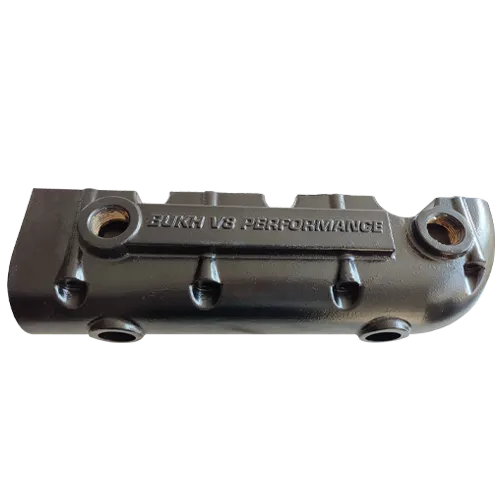Mobile:+86-311-808-126-83
Email:info@ydcastings.com
Understanding the Process and Benefits of Sand Casting Techniques
What is Sand Casting?
Sand casting is a widely used metal casting process that involves the creation of metal parts by pouring molten metal into a mold made from sand. This traditional method has been in use for thousands of years, and despite the advancement of various casting technologies, it remains a fundamental process in metalworking industries due to its simplicity, versatility, and cost-effectiveness.
The sand casting process begins with the preparation of the mold. The primary materials used are sand, a bonding agent like clay, and water. The sand is shaped into the desired pattern, which can be constructed from metal, plastic, or wood. This pattern represents the final shape of the casting and is critical for achieving the desired dimensional accuracy in the final product.
What is Sand Casting?
Next, the two halves of the mold are assembled, and a system of vents and risers is integrated into the mold design. Vents allow gases to escape during the pouring process, while risers provide additional molten metal to the casting as it solidifies and shrinks. This step is crucial for preventing defects such as porosity and inclusions, which can compromise the integrity of the final product.
what is sand casting

Once the mold is ready, the sand casting process moves to the melting phase. Typically, metals such as aluminum, iron, brass, and bronze are used in sand casting, each requiring specific melting temperatures. The molten metal is then poured into the mold cavity, filling it completely. The cooling time depends on various factors, including the thickness of the casting and the type of metal used.
After sufficient cooling, the mold is broken away to reveal the metal casting. This stage can involve shaking out the mold or using mechanical methods to remove the sand. The cast piece typically has a rough surface, and additional machining may be necessary to achieve the desired finish and dimensional accuracy. Secondary processes like grinding, polishing, and heat treatment can further enhance the properties of the casting.
One of the primary advantages of sand casting is its ability to produce complex shapes that may be difficult or impossible to achieve with other methods. The flexibility in mold design allows for variations in size, shape, and material, making it an ideal choice for both small-scale production and large industrial applications.
Moreover, sand casting is relatively inexpensive. The materials used are widely available and can be reused multiple times. The process does not require expensive machinery, making it accessible to a variety of manufacturers, from small workshops to large foundries.
In conclusion, sand casting is a versatile and cost-effective metal forming process that continues to play a crucial role in modern manufacturing. Its ability to produce complex shapes, combined with the relative ease of setting up a casting operation, makes it a valuable method in various industries, including automotive, aerospace, and architectural applications. As technology evolves, sand casting will likely adapt and improve, but its core principles remain a testament to its enduring significance in metalworking.
-
Why Should You Invest in Superior Pump Castings for Your Equipment?NewsJun.09,2025
-
Unlock Performance Potential with Stainless Impellers and Aluminum End CapsNewsJun.09,2025
-
Revolutionize Your Machinery with Superior Cast Iron and Aluminum ComponentsNewsJun.09,2025
-
Revolutionize Fluid Dynamics with Premium Pump ComponentsNewsJun.09,2025
-
Optimizing Industrial Systems with Essential Valve ComponentsNewsJun.09,2025
-
Elevate Grid Efficiency with High-Precision Power CastingsNewsJun.09,2025











